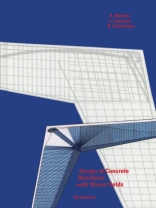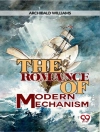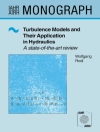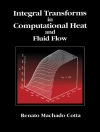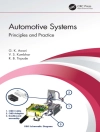17 2 STRESS FIELDS FOR SIMPLE STRUCTURES 2. 1 INTRODUCTION In this chapter the behavior and strength of simple structures made of rein- forced or prestressed concrete is investigated with the aid of stress fields. In particular, the webs and flanges of beams, simple walls, brackets, bracing beams and joints of frames are investigated. By this means, the majority of design cases are already covered. In reality, all structural components are three-dimensional. Here, however, components are considered either directly as two-dimensional plate elements (i. e. the plane stress condition with no variation of stress over the thickness of the element) or they are subdivided into several plates. Since two-dimensional structural elements are statically redundant, it is p OSSible for a particular loading to be in equilibrium with many (theoretically an infinite number of) stress states. If the lower bound method of the theory of plasticity is employed, then an admissible stress field or any combination of such stress fields may be selected. In chapter 4 it is shown that this method is suitable for the design of reinforced concrete structures, and the consequence of the choice of the final structural system on the structural behavior is dealt with in detail. The first cases of the use of this method date back to Ritter [6] and Morsch [4], who already at the beginning of the century investigated the resultants of the internal stresses by means of truss models.
Aurello Muttoni & Joseph Schwartz
Design of Concrete Structures with Stress Fields [PDF ebook]
Design of Concrete Structures with Stress Fields [PDF ebook]
Buy this ebook and get 1 more FREE!
Language English ● Format PDF ● ISBN 9783034890472 ● Publisher Birkhauser Basel ● Published 2012 ● Downloadable 3 times ● Currency EUR ● ID 6356768 ● Copy protection Adobe DRM
Requires a DRM capable ebook reader
